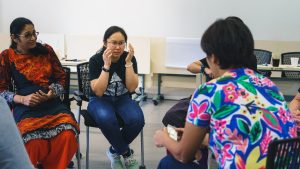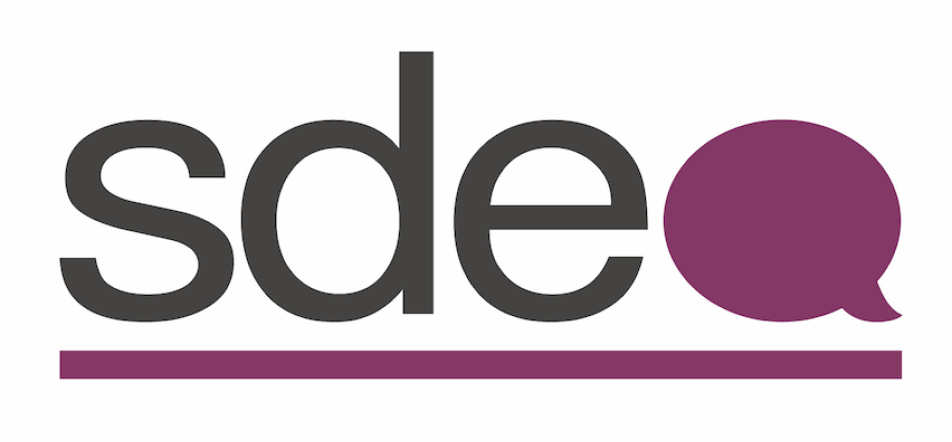Reflection on SDEA Drama Pedagogy: Lim Meng Jiat
by SDEA Secretariat
Checking Oppression When Mr. Rethi raised the issue of education being oppressive, it made me rethink the way lessons have been conducted. I would question myself if I was consciously or subconsciously oppressing the students, and if I were, in what capacity and with what intention was I doing it. In Pedagogy of the Oppressed, Freire, Ramos, & Macedo (1993) views the banking model of education as a one-way relationship, where teachers deposit “knowledge” upon students who are described as empty “containers”, thus a good teacher is one who deposits much “knowledge” while a good student is one who obediently receives. Freire, Ramos, & Macedo (1993) also mentioned that in this model of education, knowledge is akin to something that is granted by those who believe they possess it upon those whom they believe do not have. These reveal the uncomfortable reality that I had had been in an oppressive system and trained to behave in a certain way “which serves the interest of oppression” (p. 77). While the enlightenment was uncomfortable, it greatly explained the definition of “easy and good” class that was ingrained in me. I was, however, glad that I had been contemplating on the balance between allowing students to vocalise thoughts and achieving teaching objectives, which meant that I was on the right path to overcoming the influence of an oppressive system.

Problem-Solving In The Classroom
As Freire, Ramos, & Macedo (1993) propose, problem-posing method should be adopted instead where “the teacher presents the material to the students for their consideration, and re-considers her earlier considerations as the students express their own.” (p. 81). While it was not a conscious effort to adopt this method, I recognised a change in my attitude during the recent classes I assisted in.
During the first class, which started at 8am on a school holiday, the students were obviously lethargic. Previously, I would have felt frustrated because of my expectation of a “good” student, but this time, I readily agreed with my colleague to change the activity because the students were not ready for class.
 During the second class, there was a student who was loud and would proclaim that he has already mastered what was taught. I would have frowned upon this behaviour previously, but instead I acknowledged his capability, gave some pointers for improvement, and asked him to help his friend whom I noticed was asking him for help. The student seemed happy to accept the challenge to help his friend.
Throughout the two classes, I noticed I was more open and accepting to the different dynamics of students and less inflexible regarding my expectation of “good” student behaviour. I was also posing the students more questions than giving directive instructions. These positive changes are indications of internalising the problem-posing method and not projecting oppressive actions onto the students.
It is heartening to know that I am subconsciously overcoming the implications of previously being in an oppressive system. It seems hopeful that with time, I would be able to fully adopt the problem-solving method in my practice.
Written by Lim Meng Jiat
During the second class, there was a student who was loud and would proclaim that he has already mastered what was taught. I would have frowned upon this behaviour previously, but instead I acknowledged his capability, gave some pointers for improvement, and asked him to help his friend whom I noticed was asking him for help. The student seemed happy to accept the challenge to help his friend.
Throughout the two classes, I noticed I was more open and accepting to the different dynamics of students and less inflexible regarding my expectation of “good” student behaviour. I was also posing the students more questions than giving directive instructions. These positive changes are indications of internalising the problem-posing method and not projecting oppressive actions onto the students.
It is heartening to know that I am subconsciously overcoming the implications of previously being in an oppressive system. It seems hopeful that with time, I would be able to fully adopt the problem-solving method in my practice.
Written by Lim Meng Jiat
Join us on 7pm, Friday, 31st May 2019, at Goodman Arts Centre for Let’s Connect:Reflections – a get-together of members and friends of SDEA. Register here.



